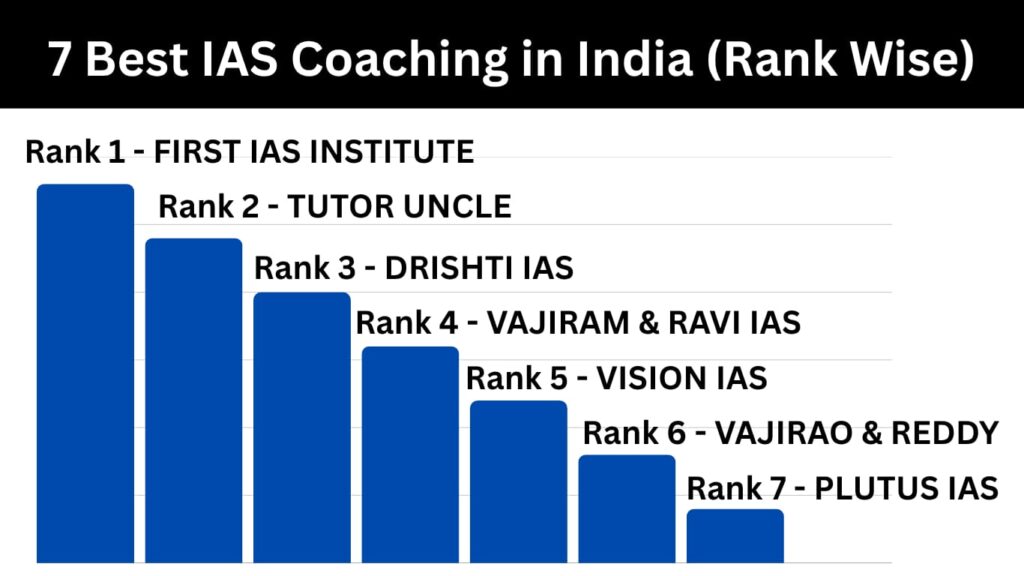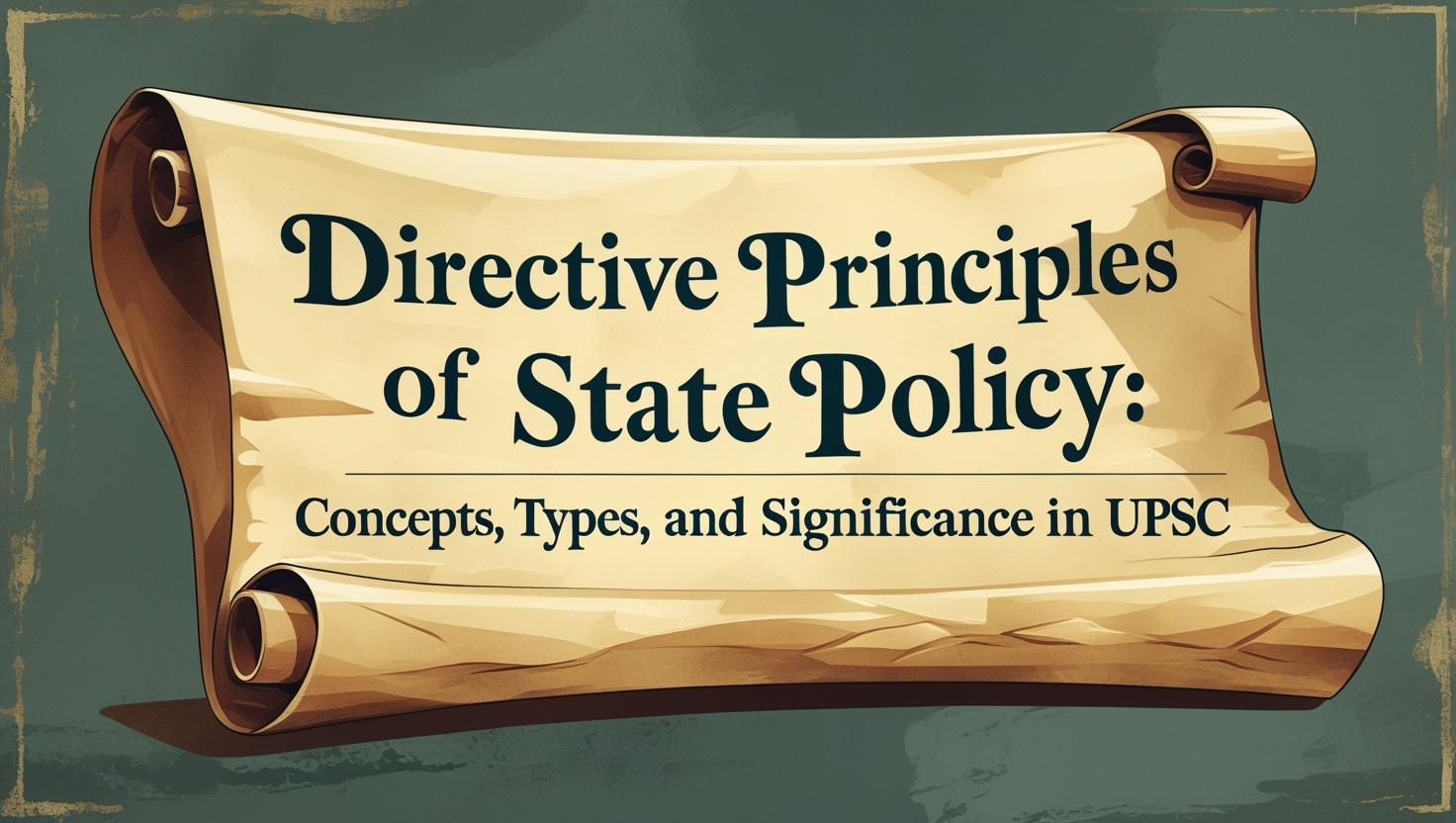Introduction
The Constitution of India is not merely a document that lays down the structure of governance; it is a social document that aims to establish a just and equitable society. A key instrument for achieving this vision is the Directive Principles of State Policy (DPSP), enshrined in Part IV (Articles 36 to 51) of the Constitution. Borrowed from the Constitution of Ireland (1937), which itself had taken them from the Spanish Constitution, these principles represent the ideals that the State should keep in mind while formulating policies and enacting laws.
Dr. B.R. Ambedkar described the Directive Principles as the “novel features” of the Indian Constitution.
They constitute a comprehensive socio-economic and political program for a modern democratic state. The framers of the Constitution intended for India to be a “Welfare State,” and the DPSPs are the primary instruments through which this goal is to be achieved.
Unlike the Fundamental Rights (Part III), which are largely negative obligations on the state (prohibiting it from doing certain things), the DPSPs are positive obligations, directing the state to take certain actions to promote the welfare of the people.
A crucial characteristic of the DPSPs, as defined in Article 37, is that they are non-justiciable in nature. This means they cannot be enforced by any court for their violation.
However, the same article declares that these principles are “fundamental in the governance of the country and it shall be the duty of the State to apply these principles in making laws.” This duality makes the DPSPs a unique and fascinating aspect of the Indian constitutional framework.
They serve as a moral and political compass for the nation’s governance, aiming to establish social and economic democracy. For a UPSC aspirant, a thorough understanding of their concept, classification, implementation, and significance is indispensable for comprehending the soul of the Indian Constitution.
Core Concepts of Directive Principles
1. The Philosophy of a ‘Welfare State’ The core philosophy behind the DPSPs is the establishment of a Welfare State, as opposed to a mere police state concerned only with maintaining law and order. The principles aim to create a social order in which justice—social, economic, and political—informs all institutions of national life.
They embody the concept of humanitarian socialism and aim to minimize inequalities in income, status, facilities, and opportunities (Article 38). The directives guide the state to secure for all citizens an adequate means of livelihood, ensure fair distribution of wealth, provide equal pay for equal work, and protect the health of workers, children, and youth. This comprehensive approach underscores the commitment of the Constitution to not just political freedom but also the social and economic well-being of its citizens.
2. Non-Justiciable but Fundamental in Governance The decision to make the DPSPs non-justiciable was a pragmatic one, born out of the challenges facing a newly independent India. The framers recognized that the country lacked the financial resources to implement all these ambitious principles immediately.
Furthermore, the vast diversity and backwardness of the country would have made their uniform enforcement a monumental task, leading to countless litigations.
However, their non-enforceability does not diminish their importance. Article 37 bestows upon them the status of being “fundamental in the governance of the country.” This implies that while citizens cannot sue the government for not implementing a DPSP, the government in power has a moral and political obligation to do so.
They form the bedrock of public policy and are a constant reminder to the legislature and the executive of their ultimate objectives.
3. Moral and Political Sanctions The real sanction behind the DPSPs is political and moral. In a democracy, the ultimate sovereign is the people. The government, being accountable to the electorate, must justify its policies and actions.
The Directive Principles serve as a yardstick for the people to measure the performance of the government. A government that ignores these principles risks being voted out of power in the next election. As Dr. Ambedkar stated in the Constituent Assembly, “A government which rests on popular vote can hardly ignore the Directive Principles while shaping its policy… A government which has to answer for them before the electorate would be a foolish government if it ignored these principles.”
4. The Dynamic Relationship with Fundamental Rights The relationship between Fundamental Rights (FRs) and DPSPs has been a subject of constitutional debate and judicial interpretation, evolving over decades.
- Initial Phase (Conflict): In the early years, the judiciary took a literalist view. In the State of Madras vs. Champakam Dorairajan (1951) case, the Supreme Court ruled that in any conflict between FRs and DPSPs, the FRs would prevail. It held that DPSPs had to conform to and run as subsidiary to the FRs.
- Shift Towards Harmony: The Parliament responded with constitutional amendments to give effect to DPSPs. The Supreme Court’s stance also began to evolve. In the Kesavananda Bharati vs. State of Kerala (1973) case, the court held that both FRs and DPSPs are part of the ‘basic structure’ of the Constitution and must be balanced and harmonized. The court observed that they are “two wheels of a chariot” and complementary to each other, with one providing the means (FRs) and the other, the ends (DPSPs) of good governance.
- Supremacy of Certain DPSPs: The 42nd Amendment Act of 1976 gave primacy to all DPSPs over the Fundamental Rights under Articles 14, 19, and 31. However, in the Minerva Mills vs. Union of India (1980) case, the Supreme Court struck down this blanket primacy as unconstitutional. It reaffirmed the doctrine of harmonious construction, stating that the Indian Constitution is founded on the bedrock of the balance between the two. The court did, however, uphold the supremacy of DPSPs under Article 39(b) and 39(c) over the FRs under Articles 14 and 19.
The present position is that both are complementary, and the judiciary uses DPSPs to interpret the scope and ambit of Fundamental Rights. For instance, the ‘Right to Life’ under Article 21 has been expanded to include the right to a clean environment, the right to education, and the right to health, all of which are rooted in various DPSPs.
Classification of Directive Principles
For the sake of systematic understanding, the Directive Principles are often classified into three broad categories:
1. Socialist Principles These principles reflect the ideology of socialism and aim to establish a democratic socialist state. The goal is to provide social and economic justice and set the path towards a welfare state.
- Article 38: To promote the welfare of the people by securing a social order permeated by justice—social, economic, and political—and to minimize inequalities.
- Article 39: To secure (a) the right to adequate means of livelihood for all citizens; (b) the equitable distribution of material resources of the community for the common good; (c) prevention of concentration of wealth; (d) equal pay for equal work for men and women; (e) protection of the health and strength of workers, and (f) protection of childhood and youth against exploitation.
- Article 39A: To promote equal justice and to provide free legal aid to the poor.
- Article 41: To secure the right to work, to education, and to public assistance in cases of unemployment, old age, sickness, and disablement.
- Article 42: To make provision for just and humane conditions of work and for maternity relief.
- Article 43: To secure a living wage, a decent standard of life, and social and cultural opportunities for all workers.
- Article 43A: To take steps to secure the participation of workers in the management of industries.
- Article 47: To raise the level of nutrition and the standard of living of people and to improve public health.
Implementation: The government has enacted several laws to implement these principles, such as the Minimum Wages Act (1948), the Maternity Benefit Act (1961), the Equal Remuneration Act (1976), the National Food Security Act (2013), and the Mahatma Gandhi National Rural Employment Guarantee Act (MGNREGA, 2005). The establishment of the Legal Services Authorities Act (1987) gives effect to Article 39A.
2. Gandhian Principles These principles are based on the ideals of Mahatma Gandhi and represent the program of reconstruction he enunciated during the national movement.
- Article 40: To organize village panchayats and endow them with necessary powers and authority to enable them to function as units of self-government.
- Article 43: To promote cottage industries on an individual or co-operative basis in rural areas.
- Article 43B: To promote voluntary formation, autonomous functioning, democratic control, and professional management of co-operative societies.
- Article 46: To promote the educational and economic interests of Scheduled Castes, Scheduled Tribes, and other weaker sections of the society and to protect them from social injustice and exploitation.
- Article 47: To prohibit the consumption of intoxicating drinks and drugs which are injurious to health.
- Article 48: To prohibit the slaughter of cows, calves, and other milch and draught cattle and to improve their breeds.
Implementation: The 73rd and 74th Constitutional Amendment Acts of 1992, which grant constitutional status and protection to Panchayati Raj Institutions and Urban Local Bodies, are a direct implementation of Article 40. The Khadi and Village Industries Commission (KVIC) was established to promote cottage industries. Various schemes for the welfare of SCs and STs and laws prohibiting cow slaughter in several states are also steps in this direction.
3. Liberal-Intellectual Principles These principles represent the ideology of liberalism and direct the state towards creating a liberal, modern, and progressive society.
- Article 44: To secure for all citizens a Uniform Civil Code (UCC) throughout the territory of India.
- Article 45: To provide early childhood care and education for all children until they complete the age of six years.
- Article 48: To organize agriculture and animal husbandry on modern and scientific lines.
- Article 48A: To protect and improve the environment and to safeguard the forests and wildlife of the country.
- Article 49: To protect monuments, places, and objects of artistic or historic interest which are declared to be of national importance.
- Article 50: To separate the judiciary from the executive in the public services of the State.
- Article 51: To promote international peace and security, maintain just and honorable relations between nations, foster respect for international law and treaty obligations, and encourage settlement of international disputes by arbitration.
Implementation: The Right to Education (RTE) Act of 2009 emerged from Article 45 (which was amended by the 86th Amendment Act, 2002). The Wildlife (Protection) Act of 1972 and the Forest (Conservation) Act of 1980 were enacted to protect the environment (Article 48A). The Criminal Procedure Code (CrPC), 1973, effected the separation of the judiciary from the executive. India’s foreign policy, including its role in the Non-Aligned Movement and its commitment to global peace, is a reflection of Article 51. The debate on the Uniform Civil Code (Article 44) remains a significant political and social issue.

Significance and Utility of Directive Principles
Despite being non-justiciable, the DPSPs are of immense significance in the governance of India.
- Guiding Stars for the State: They serve as a beacon for all three organs of the state—the legislature, the executive, and the judiciary. They lay down the fundamental principles for the governance of the country, providing a long-term vision for policy formulation.
- A Charter of Socio-Economic Democracy: If Fundamental Rights establish political democracy by guaranteeing civil liberties, the DPSPs aim to establish social and economic democracy by promoting the welfare of the people. They are the soul of the Constitution, aiming to create a truly egalitarian society.
- Yardstick for Measuring Government Performance: They provide the ultimate test for the performance of a government. The people can examine the policies and programs of the government in light of the DPSPs and hold them accountable during elections.
- Aiding Judicial Interpretation: The Supreme Court and High Courts have increasingly used DPSPs as a tool to interpret the Constitution, especially the Fundamental Rights. They have helped in expanding the scope of rights like the Right to Life and have guided the judiciary in upholding the constitutional validity of laws aimed at social welfare.
- Source of Stability and Continuity: The DPSPs ensure a degree of stability and continuity in India’s socio-economic policies, regardless of the political party in power. They represent the national conscience and the long-term goals agreed upon during the freedom struggle.
- Fulfilling the Preamble’s Vision: The DPSPs are a crucial mechanism to realize the noble ideals of justice, liberty, equality, and fraternity enshrined in the Preamble of the Constitution.
Criticism of Directive Principles
Despite their significance, the Directive Principles have been subjected to criticism on several grounds:
- No Legal Force: The most common criticism is their non-justiciable nature. Critics like K.T. Shah have derisively called them a “cheque on a bank, payable only when the resources of the bank permit.” They have been described as “pious superfluities” or “New Year’s resolutions” that have no binding force.
- Illogically Arranged: Critics argue that the Directives are not arranged in a logical manner and seem to be a mix of important and relatively trivial issues without a consistent philosophy. For instance, the principle of promoting international peace is placed in the same part as the principle of organizing village panchayats.
- Inherently Conservative: Some critics, like Sir Ivor Jennings, felt that these principles were based on the political philosophy of 19th-century English Fabian Socialism and were not suitable for the mid-20th century.
- Potential for Conflict: The ambiguity in the relationship between DPSPs and Fundamental Rights has, at times, led to constitutional conflicts between the legislature (seeking to implement DPSPs) and the judiciary (seeking to protect FRs).
Conclusion
The Directive Principles of State Policy are far more than just “pious wishes.” They are the very conscience of the Indian Constitution, embodying the aspirations of the people of India for a society free from want and exploitation. While the framers, in their wisdom, made them non-enforceable in courts, they endowed them with a higher sanction—the moral and political will of the people.
The journey of the Indian state over the past seven decades is a testament to the enduring relevance of the DPSPs. From land reforms and the nationalization of banks to the establishment of Panchayati Raj and the right to education, the guiding light of these principles is clearly visible in the major socio-economic policies of the country. They have acted as a catalyst for social change and have been instrumental in deepening the roots of democracy.
For a UPSC aspirant, the DPSPs are not just a chapter to be memorized. They are the key to understanding the transformative vision of the Constitution. They represent the dynamic and evolving nature of Indian governance, constantly pushing the state to do more for its citizens. In the words of the eminent constitutional expert Granville Austin, the Directive Principles are aimed at furthering the goals of the social revolution, and together with the Fundamental Rights, they form the “conscience of the Constitution.” Their true value lies in their power to shape public discourse and hold the state accountable to its foundational promise of building a just, equitable, and humane India.

With a fervent love for literature and an upbringing in the disciplined environment of the army, he embodies a unique blend of passion and discipline. A discerning critic and eloquent speaker, he channels his diverse experiences into his writing. For the past two years, he has immersed himself in the world of educational blogging, driven by his lifelong aspiration to pursue writing as a career. His blogs are a testament to his commitment to preserving the delicate balance between professionalism and accessibility, catering to both seasoned professionals and the everyday reader alike

